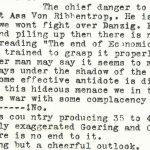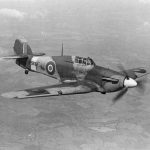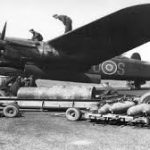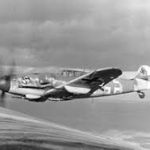This last diary entry for May 1939 mentions Graham’s newest read, “The End of Economic Man” by Peter F Drucker. The book is “a social and political effort to explain the subjective consequences of the social upheavals caused by warfare”. He focuses specifically on the breakdown of the social and political structures which facilitated the rise of Nazi totalitarianism at that time. Graham admits that he finds it challenging to grasp some of the concepts discussed in the book! It was the first published work by Drucker, in what was to become an illustrious career.
Born in Vienna in 1909 (part of Austria-Hungary at that time), Drucker moved to Hamburg after finding little work available after World War One and ended up writing for “The Austrian Economist”. Moves to Frankfurt and London followed before Drucker settled in America where he became a university professor as well as a freelance writer and business consultant. His work over the years seen him come to be regarded as one of the leading academics in his field, with his ideas contributing to the philosophical and practical foundations of modern business corporations.
Returning to his previous discussion of the threat from the air, Graham’s strong view, as expressed in an earlier entry, is that the aeroplane will play a prominent role in future conflicts. He states that “Mankind is now doomed to live always under the shadow of the great bombing aeroplane unless or until some effective antidote is discovered”. He considers the invention a “hideous menace”.
Modernisation was always required across the military, both in terms of the technology itself and the approaches used in battles within the conflict. The progression of the plane is an example of one of the many advancements made. Leading up to the war, biplanes that had been a feature of World War One were still commonplace but with the face of warfare changing, modern, built-for-purpose aircraft were required.
The Rearmament Programme enabled the RAF to procure and develop monoplane bombers and fighter jets. Some of the most iconic aircraft of the war used by British forces were the Supermarine Spitfire and Hawker Hurricane fighters and Avro Lancaster heavy bombers. On the German side, the Messerschmitt bf-109 and Junkers Ju 88 were two of the most prolific adversaries to the Allied cause. Models were continually modified as the conflict progressed once knowledge was gained through experience about the strengths and weaknesses both of the aircraft itself, and of those of the enemy.
Sources used:
www.wikipedia.com
www.books.google.co.uk





